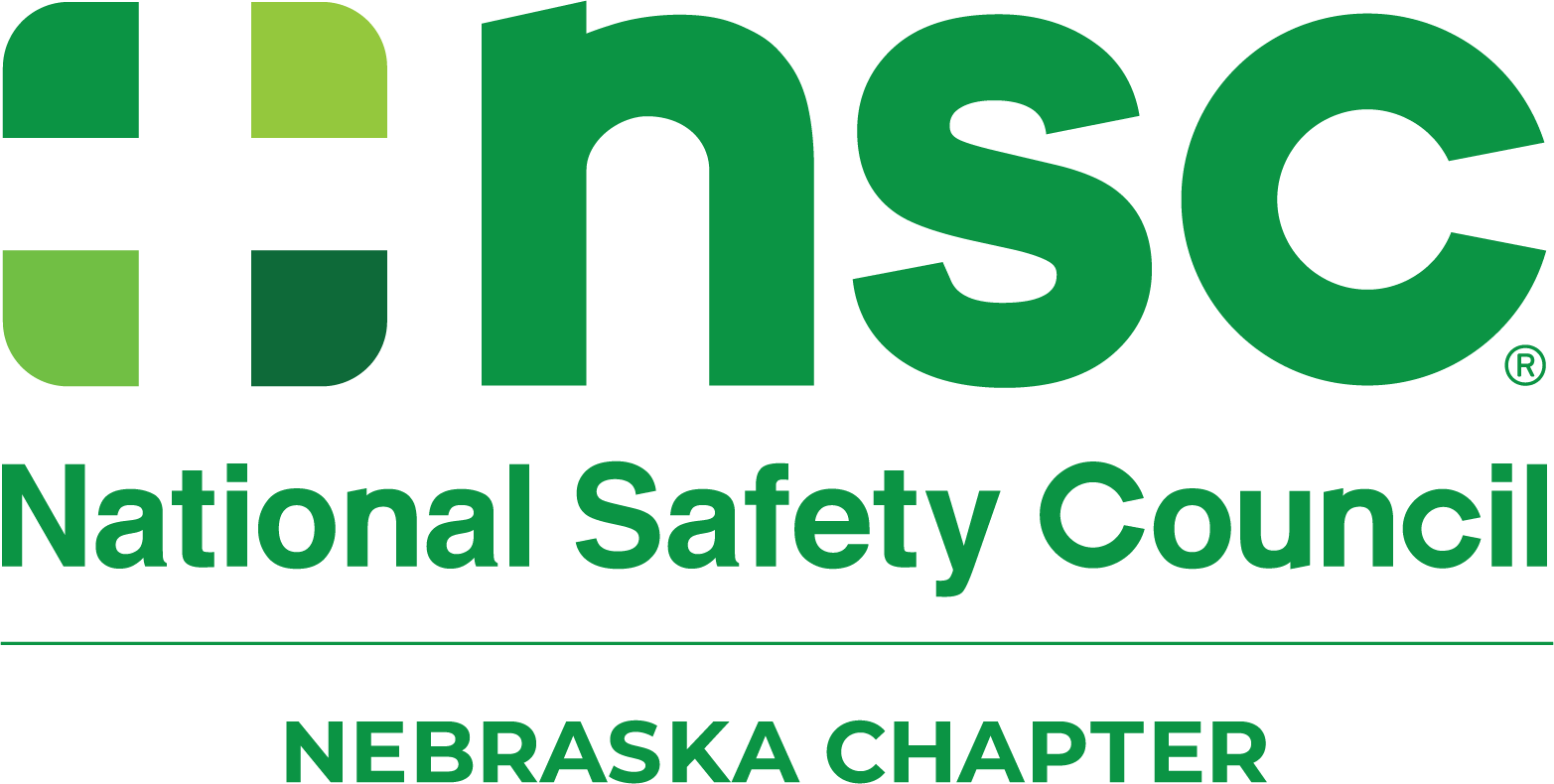Why do people die shoveling snow?
There is no end to the terms for "really big snowstorm," and those terms came in handy, particularly in America's snowiest cities. Just check out these average annual snowfall totals, according to the Weather Channel:
|
Boonville, N.Y. – 193.5 inches |
Hancock, MI – 211.9 inches |
But with really big snow storms – and even everyday, run-of-the-mill snowfalls – comes a risk of death by shoveling. Nationwide, snow shoveling is responsible for thousands of injuries and as many as 100 deaths each year.
So, why so many deaths? Shoveling snow is just another household chore, right?
Not really, says the American Heart Association. While most people won't have a problem, shoveling snow can put some people at risk of heart attack. Sudden exertion, like moving hundreds of pounds of snow after being sedentary for several months, can put a big strain on the heart. Pushing a heavy snow blower also can cause injury.
And, there's the cold factor. Cold weather can increase heart rate and blood pressure. It can make blood clot more easily and constrict arteries, which decreases blood supply. This is true even in healthy people. Individuals over the age of 40 or who are relatively inactive should be particularly careful.
We recommend the following tips to shovel safely:
- Do not shovel after eating or while smoking
- Take it slow and stretch out before you begin
- Shovel only fresh, powdery snow; it's lighter
- Push the snow rather than lifting it
- If you do lift it, use a small shovel or only partially fill the shovel
- Lift with your legs, not your back
- Do not work to the point of exhaustion
- Know the signs of a heart attack, and stop immediately and call 911 if you're experiencing any of them; every minute counts
Don't pick up that shovel without a doctor's permission if you have a history of heart disease. A clear driveway is not worth your life.
Snow Blower Safety
In addition to possible heart strain from pushing a heavy snow blower, be safe with tips from the American Academy of Orthopedic Surgeons, including:
- If the blower jams, turn it off
- Keep your hands away from the moving parts
- Be aware of the carbon monoxide risk of running a snow blower in an enclosed space
- Add fuel outdoors, before starting, and never add fuel when it is running
- Never leave it unattended when it is running
